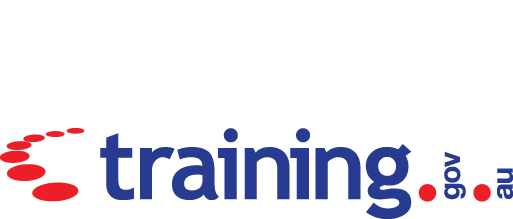Modification History
Not applicable.
Unit Descriptor
|
Unit descriptor |
This unit covers the skills and knowledge required to operate a wool drier and wool press. |
Application of the Unit
|
Application of the unit |
This unit is applicable to workers operating wool driers and wool presses in a fellmongering plant. |
Licensing/Regulatory Information
Not Applicable
Pre-Requisites
|
Prerequisite units |
Nil |
|
Employability Skills Information
|
Employability skills |
This unit contains employability skills. |
Elements and Performance Criteria Pre-Content
|
Elements describe the essential outcomes of a unit of competency. |
Performance criteria describe the performance needed to demonstrate achievement of the element. Where bold italicised text is used, further information is detailed in the required skills and knowledge section and the range statement. Assessment of performance is to be consistent with the evidence guide. |
Elements and Performance Criteria
|
ELEMENT |
PERFORMANCE CRITERIA |
|
1. Dry wool |
1.1. Start-up routine for wool drier is followed in accordance with workplace requirements and manufacturer's specifications . 1.2. Wool drier is operated to workplace and Occupational Health and Safety (OH &S ) requirements and manufacturer's specifications. 1.3. Wool is dried to workplace requirements. 1.4. Wool is monitored for correct drying in accordance with workplace requirements. 1.5. Wool flow through drier is monitored. 1.6. Routine maintenance and cleaning is performed in accordance with workplace requirements and manufacturer's specifications. 1.7. Safety hazards are identified and explained. 1.8. OH&S requirements are identified and met. |
|
2. Operate wool press to bale wool |
2.1. Start-up procedures for wool press are followed in accordance with workplace requirements and manufacturer's specifications. 2.2. Wool is fed into wool press in accordance with work instructions. 2.3. Wool is baled in accordance with workplace requirements and customer's specifications. 2.4. Wool dryness is monitored in accordance with workplace requirements. 2.5. Fleece type and class separations are observed in accordance with workplace requirements. 2.6. Bales are branded, weighed and recorded in accordance with workplace requirements. |
Required Skills and Knowledge
|
REQUIRED SKILLS AND KNOWLEDGE |
|
This section describes the skills and knowledge required for this unit. |
|
Required skills |
|
Ability to:
|
|
Required knowledge |
|
Knowledge of:
|
Evidence Guide
|
EVIDENCE GUIDE |
|
|
The evidence guide provides advice on assessment and must be read in conjunction with the performance criteria, required skills and knowledge, range statement and the Assessment Guidelines for the Training Package. |
|
|
Overview of assessment |
The meat industry has specific and clear requirements for evidence. A minimum of three forms of evidence is required to demonstrate competency in the meat industry. This is specifically designed to provide evidence that covers the demonstration in the workplace of all aspects of competency over time. These requirements are in addition to the requirements for valid, current, authentic and sufficient evidence. Three forms of evidence means three different kinds of evidence - not three pieces of the same kind. In practice it will mean that most of the unit is covered twice. This increases the legitimacy of the evidence. All assessment must be conducted against Australian meat industry standards and regulations. |
|
Critical aspects for assessment and evidence required to demonstrate competency in this unit |
Competency must be demonstrated at the level of usual production. |
|
Context of , and specific resources for assessment |
Assessment must be conducted in an operating fellmongering plant. |
|
Method of assessment |
Recommended methods of assessment include:
Assessment practices should take into account any relevant language or cultural issues related to Aboriginality or Torres Strait Islander, gender, or language backgrounds other than English. Language and literacy demands of the assessment task should not be higher than those of the work role. |
|
Guidance information for assessment |
A current list of resources for this Unit of Competency is available from MINTRAC www .mintrac .com .au or telephone 1800 817 462. |
Range Statement
|
RANGE STATEMENT |
|
|
The range statement relates to the unit of competency as a whole. It allows for different work environments and situations that may affect performance. Bold italicised wording, if used in the performance criteria, is detailed below. Essential operating conditions that may be present with training and assessment (depending on the work situation, needs of the candidate, accessibility of the item, and local industry and regional contexts) may also be included. |
|
|
Workplace requirements may include: |
|
|
Specifications may include: |
|
|
OH &S requirements may include: |
|
|
Regulatory requirements may include: |
|
|
Communication skills may include: |
|
|
Safety procedures may include: |
|
Unit Sector(s)
|
Unit sector |
Co-requisite units
|
Co-requisite units |
||
Competency field
|
Competency field |


